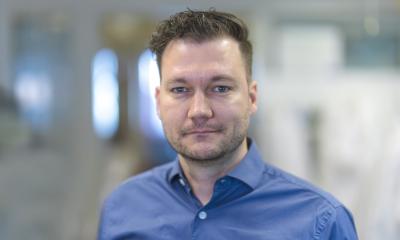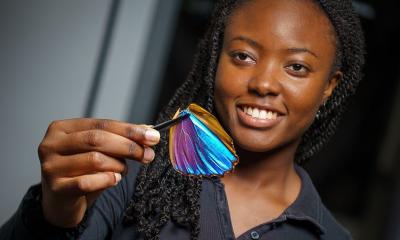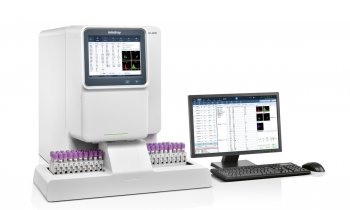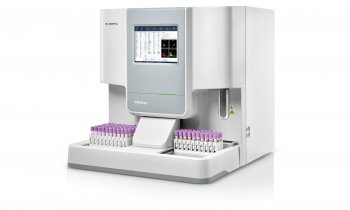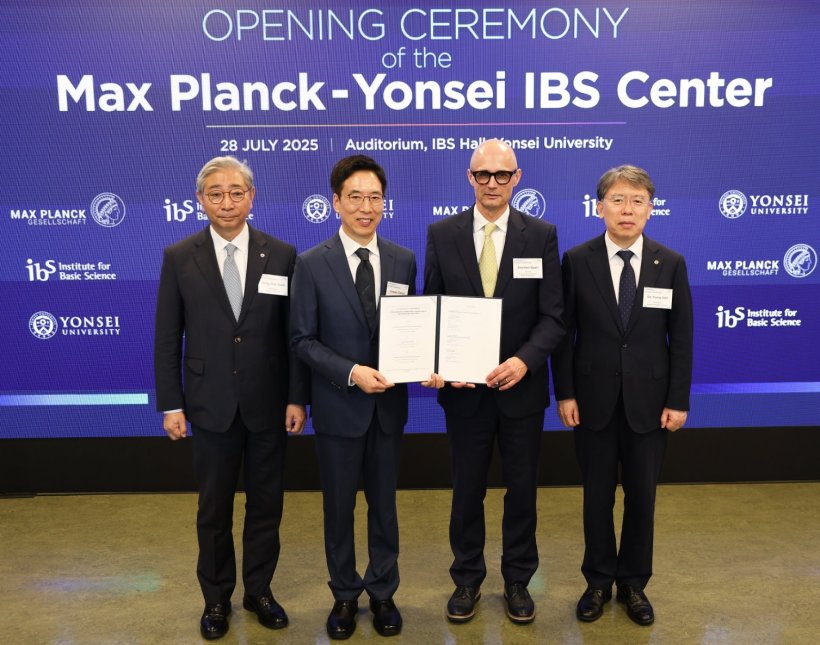
© IBS – Yonsei University
News • Center for Deep Tissue Nanoscale Control
Together towards the core of biomedical research
Scientists at the Max Planck Institutes for Medical Research in Heidelberg with its new departments based in Heilbronn, and for Neurobiology of Behavior – caesar in Bonn, and at the Institute for Basic Science at Yonsei University in Seoul will pool their expertise in future.
The aim of the new center called ‘Max Planck – Yonsei IBS Center for Deep Tissue Nanoscale Control’, which will begin operations on August 1, 2025, is to visualize cellular processes deep within human tissue and influence them in a targeted manner — without damaging the tissue.
“This collaboration offers us the opportunity to solve a very challenging scientific problem that is of great importance in the field of medical research and its potential applications: the non-destructive investigation and manipulation of cellular processes deep within tissue from the outside,” says Joachim Spatz, Managing Director at the Max Planck Institute for Medical Research. “The expertise of the Institute for Basic Science at Yonsei University is crucial in this regard. Our two new departments on the ‘Bildungscampus’ in Heilbronn will advance the center's research projects with visiting scientists from South Korea at our new location and then further develop them for potential medical applications as part of our ‘First in Translation’ concept.”
© MPI for Medical Research
“Gaining understanding of how the brain controls behavior requires tools that work deep in in the brain, without disrupting natural function, while the animal is free to behave. This collaboration makes that vision scientifically exciting,” says Jason Kerr, Director at the Max Planck Institute for Neurobiology of Behavior – caesar in Bonn.
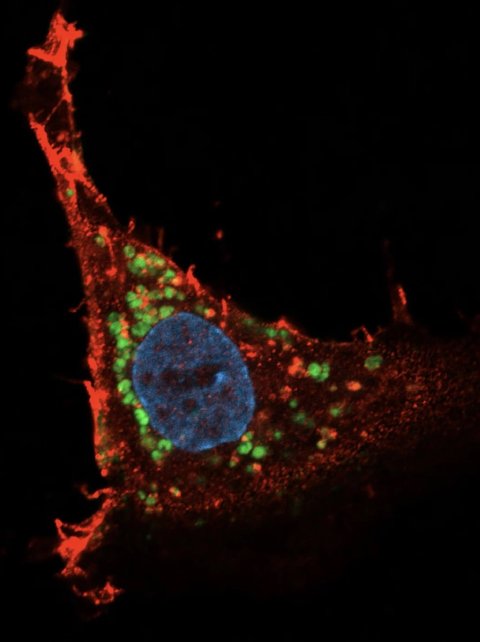
© MPI for Medical Research
In establishing the center, the three partner institutions are opening up a forward-looking field of basic biomedical research. Their common goal is to develop technologies that will enable them to observe and manipulate cells and cellular processes beneath thick layers of tissue and in complex environments from outside the body. Traditional methods — such as those using light — reach their physical limits here, as light only penetrates a few millimeters into tissue. The new center therefore aims to use alternative approaches such as magnetic fields or ultrasound. At the same time, it seeks to prove that immune and nervous systems can be controlled from outside the body in order to open up new therapeutic possibilities.
The Center’s structure also includes a structured program for reciprocal research visits to the participating locations. The aim is to create an interdisciplinary, international research environment in which young scientists are also specifically promoted.
Source: Max Planck Institute for Medical Research
29.07.2025




